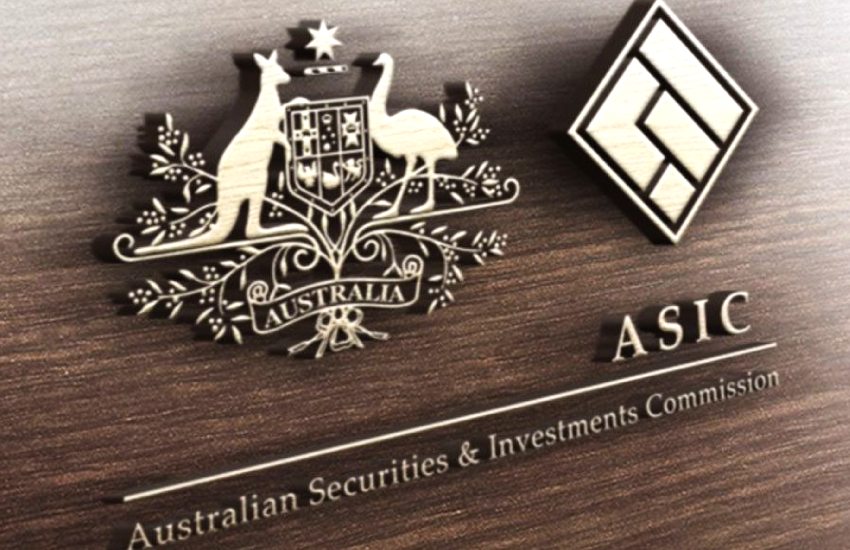In a statement released on Friday, ASIC commissioner Danielle Press said many consumers may be focusing too heavily on the benefits rather than the risks of running their own super fund.
“SMSFs may be an attractive option for investors wanting more control over their superannuation investment strategy, but it requires real skill, care and diligence to manage your own superannuation,” Ms Press said.
“SMSFs are not for everyone simply because not everyone can meet the significant time, costs, risks and obligations associated with establishing and running one.”
The regulator noted that the total pool of SMSF assets numbered $748 billion, compared to $719 billion in industry funds and $626 billion in retail funds, according to ATO statistics.
The comments come as ASIC released its new fact sheet, Self managed superannuation funds: Are they for you?, which is aimed at helping investors make more informed decisions as to the appropriateness of setting up an SMSF.
ASIC said it would begin a pilot program in November of sending all newly registered SMSF trustees the fact sheet, which contains statistics around how returns compare for SMSFs with a balance below and above $500,000, details on reporting requirements and annual fees for SMSF trustees and the consequences of non-compliance with the SIS Act.
Additionally, the fact sheet contains details of the risks of investing in property through an SMSF, such as high upfront and ongoing costs and potential difficulties with selling or renting the property.
The regulator said the development of the fact sheet had been driven by its Report 575 into improving the quality of advice and member experience in SMSFs, which had identified several “red flag” indicators that suggested when an SMSF may not be appropriate for a client.
These included the client having a low super balance and a limited ability to make future contributions, a desire for simplicity in their super set-up, the client wanting to delegate all management and investment of their super to their adviser, and a lack of time on the client’s part to manage their own financial affairs.
“When people have limited investment decision-making experience or prefer to delegate decision-making to someone else, they should carefully consider if an SMSF is right for them,” Ms Press said.
“As trustees of their own fund, SMSF investors must remember that they are responsible for their fund’s compliance with the law, even if they pay a professional to help.”

 Login
Login







You are not authorised to post comments.
Comments will undergo moderation before they get published.